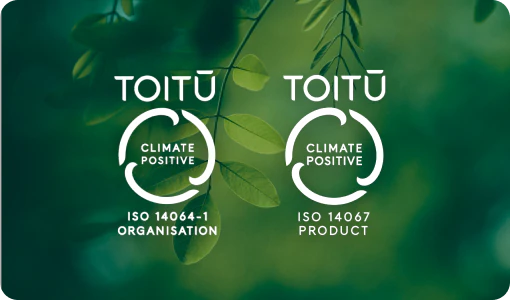The steps to getting a solar energy system installed
06/05/2025

Looking into solar can feel overwhelming. We’re here to help demystify the solar installation process and guide you through the steps for installation. Once you have decided to get a solar energy system installed, here is what you can expect to happen next.
Solar site assessment
Your solar installer will often undertake a site assessment prior to installing the solar energy system. This will allow them to check the roof to see if there is anything that they should look out for on installation day. This can often be done without you needing to be home.
Attaching the frame to the roof
Aluminum bars will form the base of the solar installation and will support the solar panels once they are installed on your roof. These will be installed using brackets. Don’t worry about roof damage as the installer will ensure that your roof remains watertight and won’t leak.
Installing the solar panels
Once the frame has been installed, it’s time to install the solar panels on your roof. Each of the panels will be maneuvered and clamped into place. The installation of the solar panels will follow the same layout the installer took you through when discussing the initial design. The installation of the panels should be done within a day, but if you have a large number of panels, or if the weather is playing up then this might be spread over a couple of days.
Connecting the solar panels
Once the solar panels are installed on your roof, the electrician at your solar installation will connect all the wiring. Although it should seem that at this point the solar panels should start to generate energy, the system isn’t able to be switched on until it has been inspected by an independent inspector. Once the solar energy system is ready to be switched on you will be notified by your installer.
Installing the inverter
After the solar panels, you will need to have the inverters installed. These will either be micro or string inverters. The type of inverters at your place is specified by your chosen installer during initial solar system discussions. The inverter turns solar power into alternating current, or AC power, that allows you to actually use the solar energy to power your home.
Commissioning the solar system
Once the solar system installation has been completed, your installer will notify the local inspector. They will come out to inspect the installation of the system to ensure everything has been done correctly and the system is safe to operate. How long this takes does depend on where you are located, and your installer will give you an accurate time estimate when installing the system.
Import/Export Meter
As part of the solar installation, you will need an import/export meter installed. This allows any solar energy that your home isn’t using to be exported back to the grid. It also allows your home to purchase any additional energy that it needs and isn’t coming from the grid. If you are an Ecotricity customer, we cover the installation of the import/export meter that is valued at up to $80. You may be charged additional travel fees depending on where your home is located.
Selecting your power provider
Choosing a solar provider is important to ensuring you get the most value from your solar energy system. Our ecoSOLAR plan is specifically designed for homeowners who have solar installed. With this plan, customers get paid a peak export price of 21c for any solar exported from 7-11am or 5-9pm during the week. To find out more about our exclusive ecoSOLAR plan click here.







